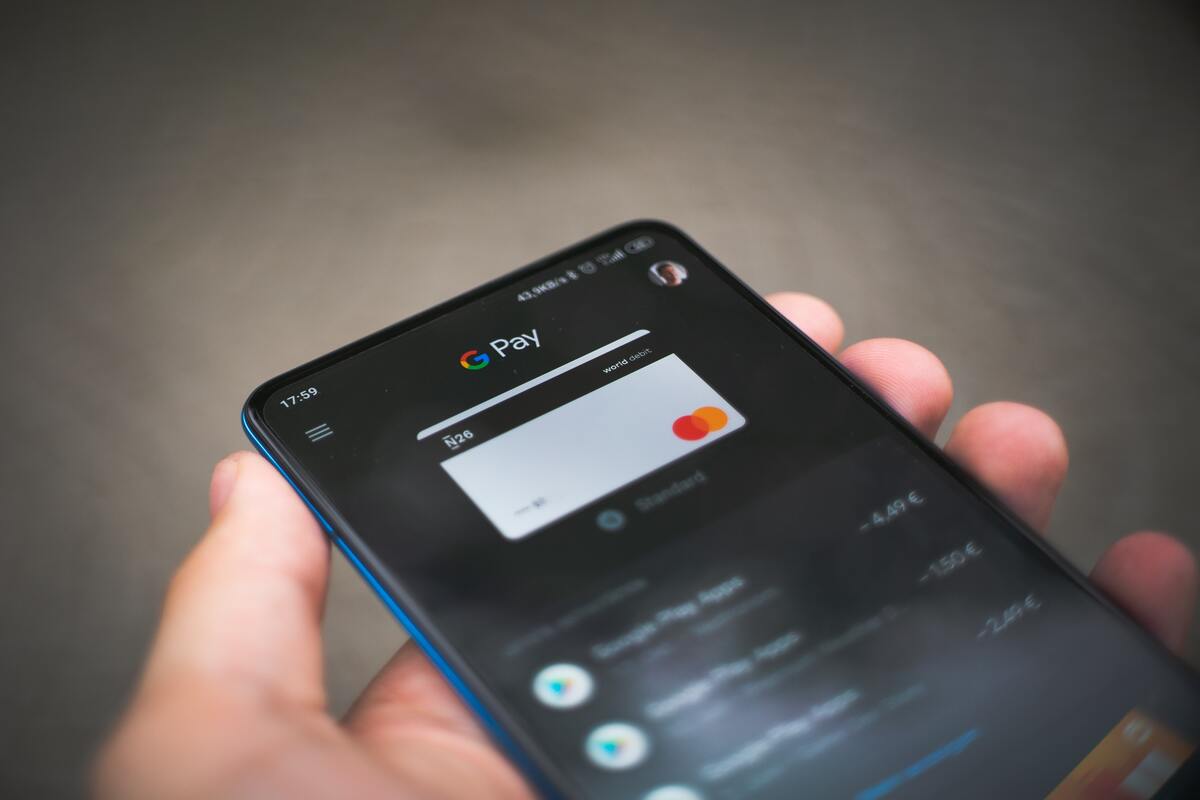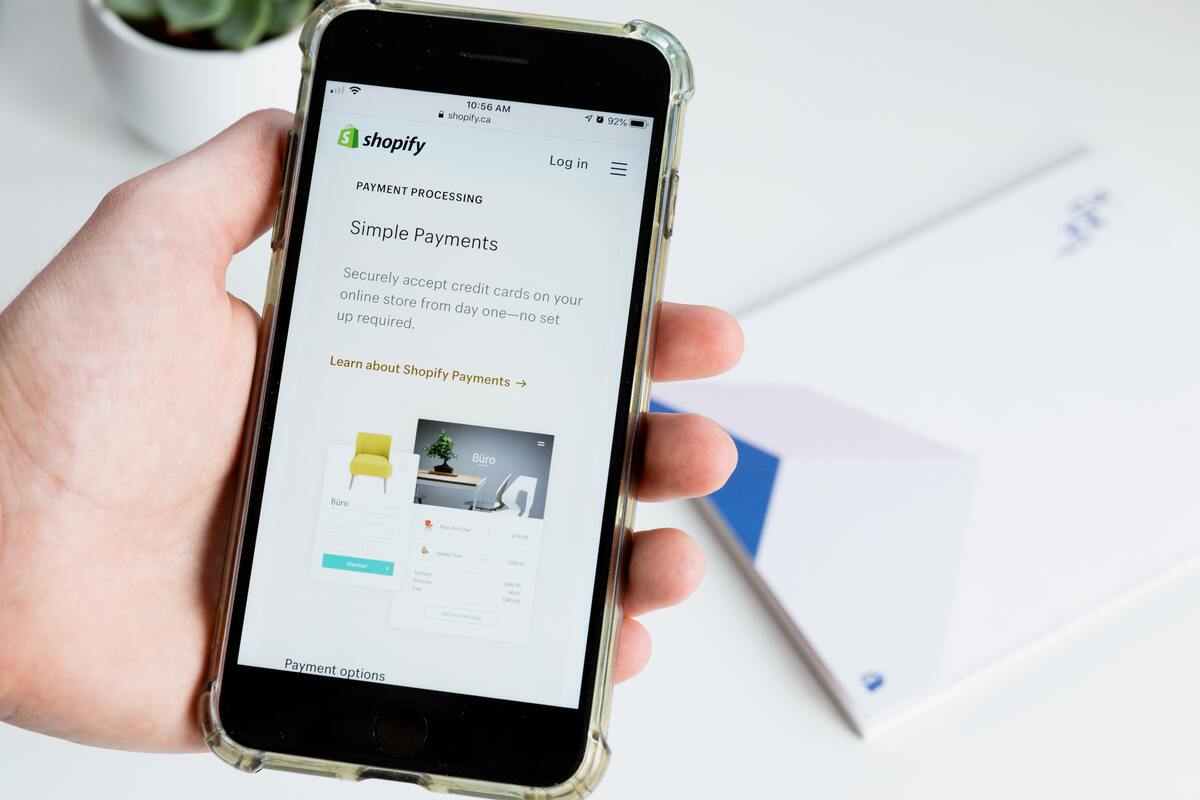Jokes and stupid conduct are not popular with money. It becomes real when the Management Team takes on a project that includes activities like bank transfers. We know how simple it could be to cause difficulties because we have experience with such projects. For that reason, the primary focus of this article is transaction security. After reading our essay, we anticipate that you will be more prepared to handle potential issues and willing to put in some effort to ensure the security of bank transactions.
How Does Machine Learning Help To Make Banking Safe?
Suppose we discuss the advantages of machine learning for rational finance. In addition, fraud prevention is included. The systems do learn new things all the time. In other words, the same dishonest scheme will only succeed once. It is excellent for identifying credit card theft in the financial sector.
There are five financial scenarios in which machine learning is recommended:
- Several loan approvals with reduced risk.
- Assist companies in thwarting thieves and hackers
- Assist businesses in adhering to ever-evolving rules
- Suppliers improve the client experience
- Utilize it as a new stock market superpower.
Since the financial services industry has entered a new era, the company now recognizes the need for artificial intelligence and machine learning. Loan approval, stock projections, and fraud detection are areas where machine learning in banking and finance is starting to make a big difference. The number of interactions between machine learning and bank transactions will only increase with the availability of accessible machine learning tools, a variety of algorithms, and good computing power.

What Is The AI Part In Safe Bank Transactions?
The majority of financial transactions now place between firms or through online purchasing. It indicates that most fraudulent transactions also happen while someone pretends to be making a purchase.
Market Weakness:
When combined with large data, machine learning makes it possible to locate specific samples and information, enabling the performance of research and prediction tasks. For instance, you may forecast currency swings, uncover the best investment opportunities, assess credit risk (and find the sweet spot between the lowest risks and the most suitable credit for a specific user), research competitors, and spot security flaws.
Costs Drop:
Financial organizations can uncover process flaws and better allocate staff members’ workloads thanks to machine learning. The most straightforward illustration is chatbots that can properly handle client guidance on common, straightforward problems. Additionally, Boots do not expect money for their services! Working with ML not only enables businesses to cut expenses, but it is logical that it also aids in boosting revenues by enhancing customer service.
In the financial context, AI suggests not allowing scams. Here are a few instances:
- Camera: When purchasing in a physical store, a camera with the disclosure of a person is required to verify that the legal cardholders have credit cards.
- Detecting: The destruction of discounted templates and the indication of fraudulent intent can be achieved by employing these processes to identify suspect IP addresses. Someone might purchase a product to replace it and then return it.
Risks Of Machine Learning In Bank Transactions:
As a result, some risks could arise while setting up a banking transaction. However, they primarily stem from the technology’s novelty and consumers’ need for more clarification on how it truly functions.
Let’s consider the following:
Changes In Job Offers:
Despite the breadth of AI and machine understanding, these risks and issues are among the most prevalent. However, according to a recent study, artificial intelligence in the banking industry will create a considerably greater amount of new employment than the number of occupations that will go unfilled.
Loss Of Trust:
It is also predicted that users’ trust in financial institutions will decrease due to fewer options to consult with real experts. Even though this is partially true, This trend will probably only be observed regarding those born in the previous generation, who are already less likely than younger generations to place much stock in technology. But the millennial generation, prepared to spend more for comfort and dependability, will be content to complete any task with a few clicks.
The Human Factory:
It’s about moral issues and risks from false-positive results. They are related to the fact that financial institutions are gathering, storing, organizing, analyzing, and using an increasing amount of data to their advantage (and for the benefit of their clients). AI and machine learning systems monitor user behavior patterns and contrast them with established standards of behavior for each user.

About Bank Transaction Experience:
In dealing with banks, our CEO, Kristina Husyatina, gained experience. To summarize what we have spoken about regarding the necessity and safety of bank transactions, we have asked her a few questions.
Describe Your Encounters With Banking Transactions. What Were You Doing Specifically?
On numerous projects, I have dealt with the payment system. One-time payments or subscripts were their major responsibility. Apple Pay, Stripe, and Hyperwallet were the three main platforms I used while working (from PayPal).
What Did The Clients Demand? What Presented Them With The Biggest Challenge?
The final difficulty was incorporating Hyperwallet into a project that already existed. For European customers to be able to purchase goods and subscriptions, Hyperwallet was required. Gathering and verifying extra user data for the Hyperwallet system was necessary.
Which Company Should Conduct A Bank Transaction, In Your Opinion?
I suggest it to any company that offers goods or services. Now that there are numerous payment system options, any business can select the one that best meets their needs.
Can You Briefly Describe Your Professional Work?
Given that any errors in the operation of payment systems are of the utmost importance to the client, working with them needs a great deal of coolness and analytical thought. Each product meant to be sold in more than one country needs to have multiple payment systems integrated into it—or at least one system with various settings—so that anyone globally can use it without limitations. European consumers can use all the premium product privileges or make all the purchases they want thanks to integrating the second payment system into platforms like Hyperwallet. Because the most widely used payment system today, Stripe has restrictions.



